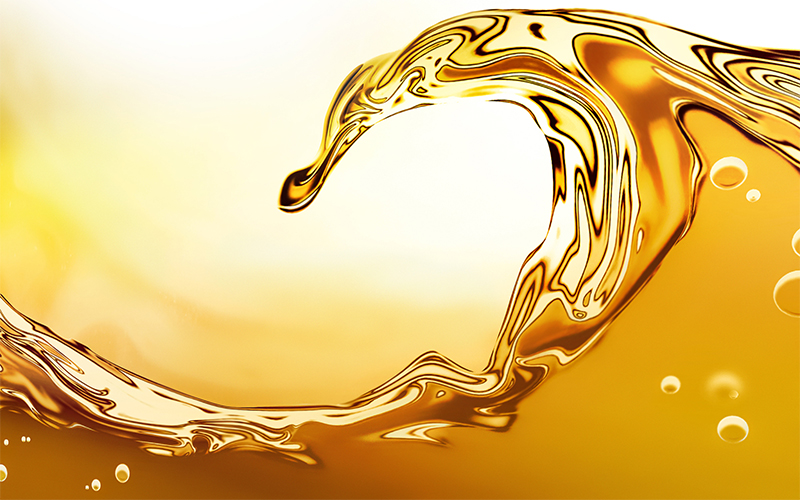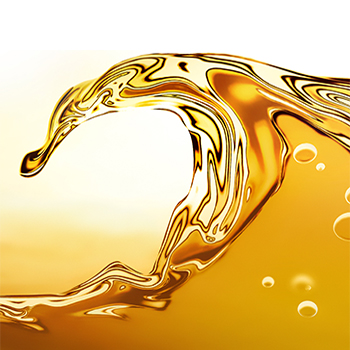How Much Oil Remains In The Earth?

Although there is plenty of organic matter that could potentially become oil over the next few million years, it is likely that humans will one day see the end of black gold as we know it.
Oil is one of the earth’s most valuable non-renewable resources, and these types of resources are named so because they are - well, non-renewable.
So just how much oil do we have left?
For decades, oil production has been steadily increasing, and energy experts have been attempting to calculate when we might run out.
Those that have been following along will note that, despite the warnings of many would-be Nostradamuses, production is still on the rise and previous dead-end predictions have been pushed back.
The difficulty with estimating the amount of oil available for human use comes from varying definitions about how we should calculate our potential reserves.
For example, one of the most-cited estimates comes from BP’s prediction made on World Energy Day in 2014; based on reserve estimates of 1,687.9 billion barrels, BP claimed the earth has enough oil left for about 53 more years at current production levels.
However, BP’s estimate relies heavily on “proved reserves.” This is a method of calculating how much drillable oil that we know of is under the ground. Every country calculates their proved reserves differently, but the figure is typically a representation of the amount of oil that companies think they can bring up using existing technology while still turning a profit.
Previous predictions that would have had oil reserves completely tapped by now were wrong because both production and proved reserves increased consistently. To clarify, the amount of oil that actually exists on the planet is significantly larger than the amount of oil that we currently think we can drill.
Therefore, we may have significantly more than 53 years of oil remaining if drilling technologies can improve to the point that recovering the more difficult to reach oil becomes economically feasible.
Here’s an interesting chart from the U.S. Energy Information Administration that should help you visualize what the amount of oil on Earth looks like:
Stylize representation of oil and natural gas resource categorizations
(not to scale)

BP’s estimates are based on reserve estimates using today’s drilling technologies. One need only to look at the advent of fracking and the increase in shale oil production to realize just how much these methods can change in a relatively short period of time.
Another thing to consider is that we are still discovering massive deposits of oil that were otherwise not known of. Just this week, the U.S. Geological Survey announced that it discovered the biggest deposit of untapped oil in the United States. Located in the Wolfcamp shale formation in Texas, the new oil field has an estimated average of 20 billion barrels of oil.
To put that in perspective, the Prudhoe Bay formation in Alaska - the largest producing oil field in North America to date - has only produced roughly 12 billion barrels of oil in the past 43 years. The East Texas Field, which is the biggest producing oil field in the lower 48 states, has produced just over 7 billion barrels of oil since the 1930s.
Source: Zacks Research
Related Article: UPS Expands Worldwide Express Plus, Adds 200 Hybrid Electric Vehicles to Alternative Fuel Fleet
Article Topics
C.H. Robinson News & Resources
Q&A: Mike Burkhart on the Recent Nearshoring Push Into Mexico Q&A: Mike Burkhart, VP of Mexico, C.H. Robinson C.H. Robinson introduces new touchless appointments technology offering C.H. Robinson President & CEO Bozeman provides overview of key logistics trends and themes at SMC3 JumpStart 2024 C.H. Robinson touts its progress on eBOL adoption by LTL carriers and shippers Retailers Pivot Supply Chain Strategy, Seek Red Sea Alternatives C.H. Robinson announces executive hire to run new Program Management Office More C.H. RobinsonLatest in Transportation
Why are Diesel Prices Climbing Back Over $4 a Gallon? Luxury Car Brands in Limbo After Chinese Company Violates Labor Laws The Three Biggest Challenges Facing Shippers and Carriers in 2024 Supply Chain Stability Index: “Tremendous Improvement” in 2023 Trucking Association CEO on New Biden Policy: ‘Entirely Unachievable’ Two Weeks After Baltimore, Another Cargo Ship Loses Power By Bridge Examining the freight railroad and intermodal markets with Tony Hatch More Transportation












